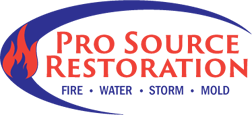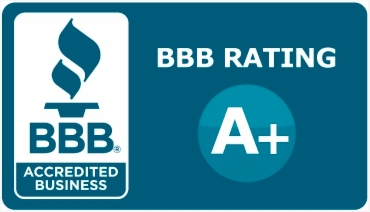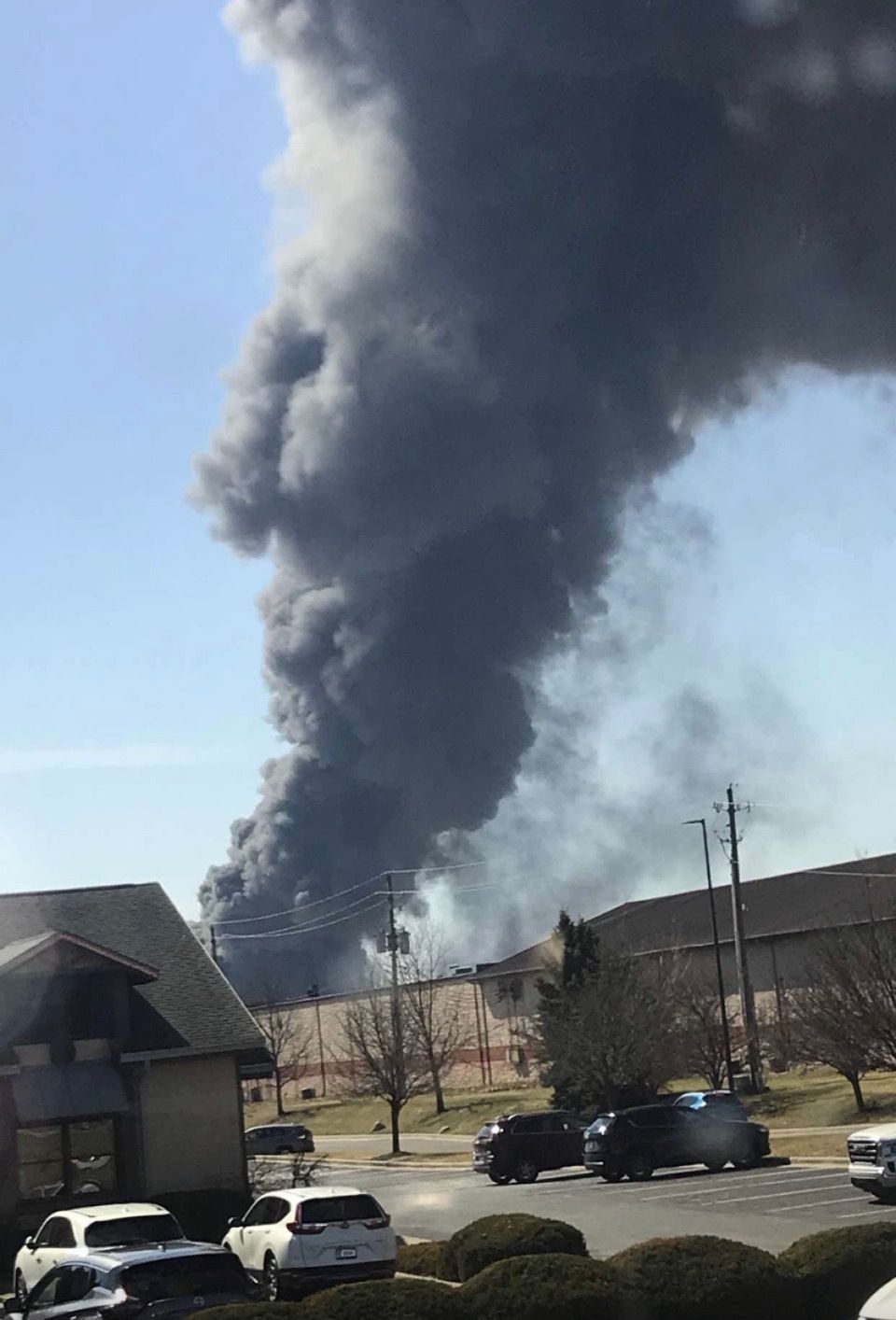Fire Damage Restoration Specialists
Free Estimates | Same-Day Service | 100% Satisfaction Guaranteed
Free Estimates
Same-Day Service
100% Satisfaction Guaranteed
Restore Your Home to Pre-Fire Condition
A fire can cause devastating damage to your home. Smoke can stain surfaces like walls and countertops, and the fire department can cause more damage than the fire itself.
When a fire has affected your home, trust in ProSource Restoration for smoke, heat, and water damage services. We'll get your home back to like-new condition. Contact us today for a FREE estimate! You'll get a quick response from our family and locally owned business.
Free Estimate - Call or Text
(317) 374-3858
FIRE DAMAGE CLEAN UP: IDENTIFYING SOOT RESIDUES AND CLEANING METHODS
When a fire occurs, the damage can be overwhelming. Even after extinguishing the flames, the damage from smoke and soot can be severe. Soot is a byproduct of combustion, and it can be a real challenge to clean up. There are three main types of soot residues: protein, natural, and synthetic. Each type requires a different cleaning method to effectively remove it.
Let’s take a closer look at each type of soot residue and the processes used to asses the damage and how restoration companies like ProSource Restoration can clean them up.
1. Water mitigation
The first thing to do during a restoration is to remove excess water from the property. It’s likely been doused with water to extinguish the flames and the pipes may have melted and flooded the building.
Drying out the property can take a few days to complete, and this prevents further water damage. This should be thorough, as any lingering moisture can lead to a mold or mildew infestation.
2. Assessing the damage
Once the property is as dry as possible, there needs to be an inspection to estimate the damage. Fire can make concrete walls crack, so every corner needs to be carefully assessed to check if a complete reconstruction of the walls is necessary.
This includes an evaluation of smoke and flames and what temperatures did the property reach, as well as estimating the duration and cost of the cleanup.
3. Sealing off the exits and unharmed parts of the building
If there are areas that the fire didn’t reach, it’s important to seal them off from the damaged parts, to prevent the spread of post-fire damage. When the roof is exposed, it should also be covered so that the weather doesn’t take a toll on it during the restoration.
There should be a security perimeter around the building, so no one accidentally enters while it’s still unsafe.
4. Cleanup
The largest part of the restoration is cleaning up everything. It’s recommended to check and clean every inch of the affected area, as even the smallest space can be the breeding ground for mold and bacteria.
Professionals also use deodorizers and sanitizers to prevent mold development. They spend most of the time removing soot, debris, and smoke from the holes and hidden places. After the building has been cleaned, it’s time for reconstruction and repairs to the structure.
PROTEIN SOOT RESIDUES
- Produced by burning materials such as meat, poultry, or fish
- Sticky and smeary, with a yellow or brownish color
- Leaves a strong odor that can be difficult to remove
- Commonly found in kitchens or areas where cooking occurs
Cleaning Method: Restoration companies may use a water based cleaner to dissolve and remove the protein residue. Thermal fogging or ozone treatments can also help eliminate lingering odors.
NATURAL SOOT RESIDUES
- Produced by burning natural materials such as wood, paper, or cotton
- Dry and powdery, with a gray or black color
- Spreads easily and can penetrate deep into surfaces
- Commonly found in living rooms, bedrooms, and offices
Cleaning Method: Dry cleaning methods such as vacuuming or brushing can be effective at removing natural soot residues. Wet cleaning may also be necessary, but restoration companies must be careful not to spread the residue further. Natural residues are the easiest to clean as compared to protein and synthetic.
SYNTHETIC SOOT RESIDUES
- Produced by burning synthetic materials such as plastics, rubber, or nylon
- Sticky and greasy, with a black or gray color
- Can cause damage to surfaces if left untreated
- Commonly found in areas where electronics, appliances, or furniture were present
Cleaning Method: Synthetic soot residues require a specialized cleaning process. Restoration companies may use a dry sponge or a degreaser to loosen and remove the residue.
OUR LOCATION
BUSINESS HOURS
- Mon - Sun
- Open 24 Hours




Share On: